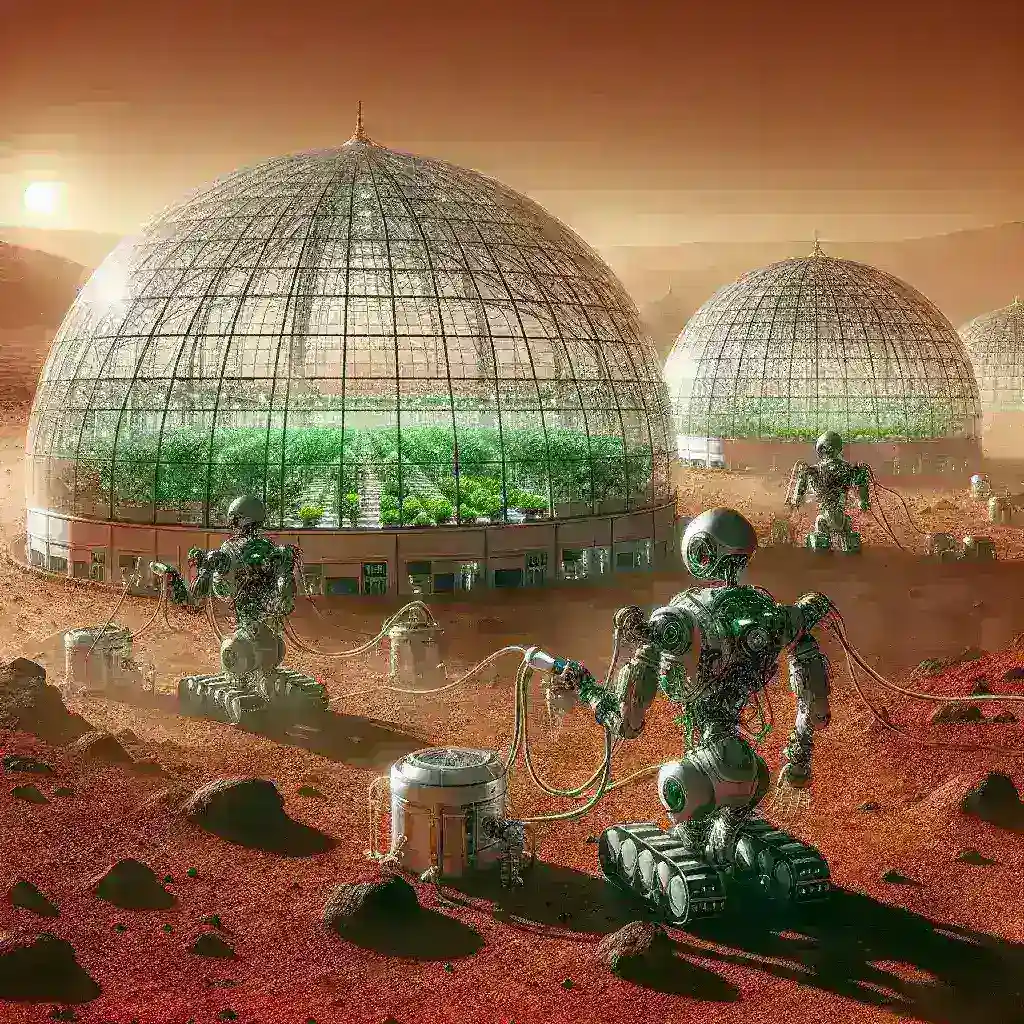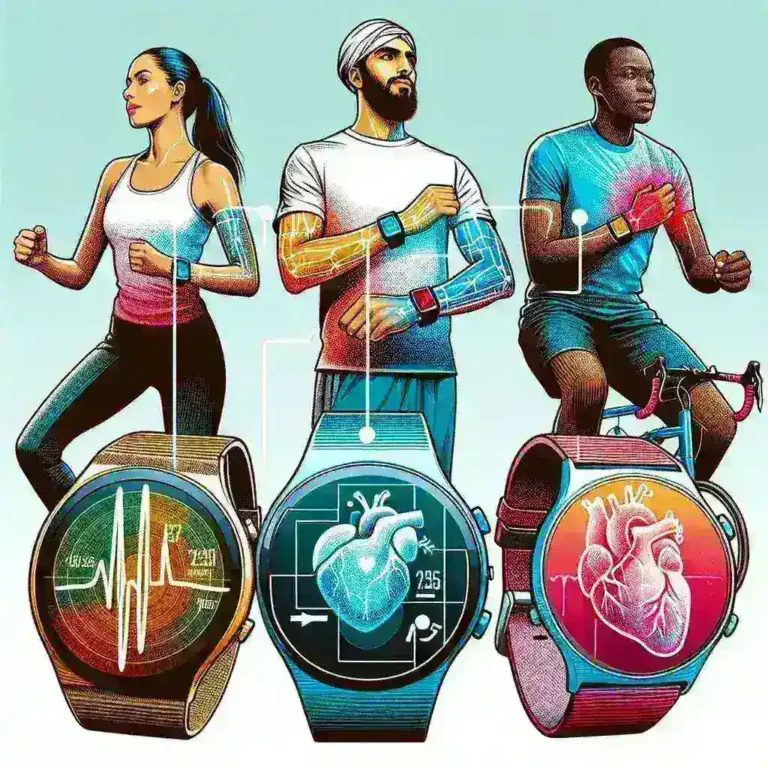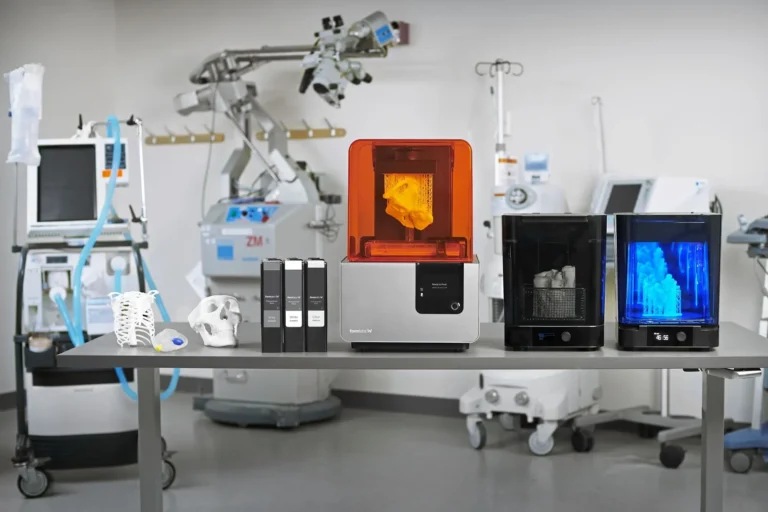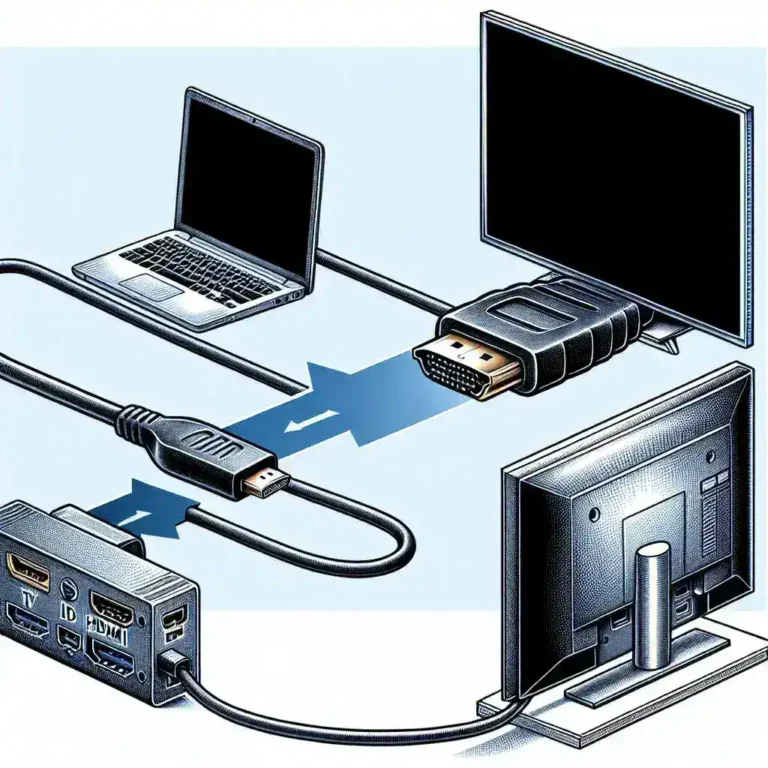Robotics Using AI to Build Martian Greenhouse Domes for Food Sustainability
Introduction
The prospect of human life on Mars has captured the imagination of scientists, engineers, and dreamers alike. Among the myriad challenges that come with establishing a human presence on the Red Planet, food sustainability emerges as one of the most critical. Robotics, enhanced by artificial intelligence (AI), offers innovative solutions to build Martian greenhouse domes capable of supporting agricultural activities in the harsh Martian environment. This article delves into the intersection of robotics and AI in constructing these domes, highlighting historical context, current advancements, and future implications.
The Importance of Food Sustainability on Mars
Before exploring the role of robotics and AI, it is crucial to understand why food sustainability is vital for Martian colonization. With journeys to Mars expected to last several months, astronauts will need a reliable food supply that can support long-term missions. Traditional food supply chains are impractical in such a distant and resource-scarce environment. Therefore, self-sustaining agricultural systems become necessary for ensuring the survival and well-being of future Martian inhabitants.
Challenges of Growing Food on Mars
- Hostile Environment: Mars has extreme temperatures, high radiation levels, and thin atmosphere, making it challenging for conventional crops to thrive.
- Soil Composition: Martian soil contains perchlorates, which are toxic to plants. Understanding how to neutralize these substances is vital.
- Water Scarcity: Water is a precious resource on Mars. Efficient systems for water recycling and irrigation are essential for agricultural success.
The Role of Robotics in Martian Agriculture
Robotics plays a pivotal role in addressing these challenges. Robotic systems can automate tasks that would be labor-intensive or impossible for humans under Martian conditions. Here are some ways robotics can facilitate agricultural operations on Mars:
1. Construction of Greenhouse Domes
Robots equipped with advanced construction capabilities can build greenhouse domes tailored to the Martian environment. These domes would provide a controlled atmosphere, protecting crops from radiation and extreme temperatures. Utilizing local materials, such as Martian regolith, can further enhance sustainability by reducing the need for transporting materials from Earth.
2. Automated Farming Systems
Once the greenhouses are established, robotic systems can take over the daily farming tasks. Automated planting, watering, and harvesting can significantly increase efficiency and allow for continuous crop production.
3. Monitoring and Maintenance
Robots can monitor the health of plants using advanced sensors and AI algorithms. They can detect issues such as disease or nutrient deficiencies early on, allowing for timely interventions.
The Integration of AI in Robotics
AI enhances the capabilities of robotic systems, making them smarter and more adaptable to changing conditions. The integration of AI into robotics can transform Martian greenhouse farming in several ways:
1. Data Analysis
AI algorithms can analyze vast amounts of data gathered from sensors to optimize growth conditions. This includes monitoring temperature, humidity, and soil moisture levels, ensuring that crops receive the ideal environment for growth.
2. Predictive Analytics
Using historical data, AI can predict crop yields and growth patterns, allowing for better planning and resource allocation. This predictive capability is crucial for food sustainability in an alien environment.
3. Adaptability
AI-powered robotics can adapt to unforeseen challenges, such as sudden changes in weather or equipment malfunctions. Their ability to learn from experiences and modify their strategies is vital for successful Martian agriculture.
Real-World Applications and Examples
Several organizations and space agencies are already experimenting with robotics and AI to create sustainable agricultural systems. For instance:
NASA’s Veggie Project
The Veggie experiment aboard the International Space Station has demonstrated that plants can grow in microgravity conditions. Insights gained from this project will inform future Martian agriculture.
Autonomous Robots
Companies like Blue River Technology and Iron Ox are pioneering robotic systems that can autonomously manage farming tasks. These technologies can potentially be adapted for Martian greenhouses.
Future Predictions: The Next Frontier
As technology continues to advance, the future of robotics and AI in Martian agriculture looks promising. The following predictions outline potential developments:
1. Increased Automation
As robotics and AI technologies mature, we can expect a higher level of automation in Martian greenhouses, allowing for uninterrupted agricultural cycles.
2. Enhanced AI Capabilities
AI will become more sophisticated, providing real-time decision-making support for robotic systems, resulting in efficient and effective agricultural practices.
3. Collaboration with Human Astronauts
Robots and humans will work in tandem, with robots handling hazardous tasks and humans focusing on oversight and creative problem-solving.
Pros and Cons of Robotic Agriculture on Mars
While the potential benefits of robotics and AI in Martian agriculture are significant, it is essential to consider the drawbacks:
Pros
- Efficiency: Automation can lead to faster and more efficient agricultural practices.
- Safety: Robots can perform dangerous tasks, reducing risks for human astronauts.
- Precision: AI can optimize conditions for plant growth, enhancing yields.
Cons
- High Initial Costs: Developing advanced robotic systems and AI technologies can be expensive.
- Dependence on Technology: Over-reliance on robotic systems may pose risks if failures occur.
- Limited Adaptability: While AI can adapt, unforeseen challenges may still present significant hurdles.
Conclusion
The integration of robotics and AI in building Martian greenhouse domes represents a groundbreaking step towards achieving food sustainability on the Red Planet. By leveraging advanced technologies, we can create self-sufficient agricultural systems that can thrive in one of the most hostile environments known to humanity. As we stand on the brink of interplanetary exploration, the lessons learned from Martian agriculture will not only pave the way for human life on Mars but may also offer valuable insights for sustainable practices on Earth.







